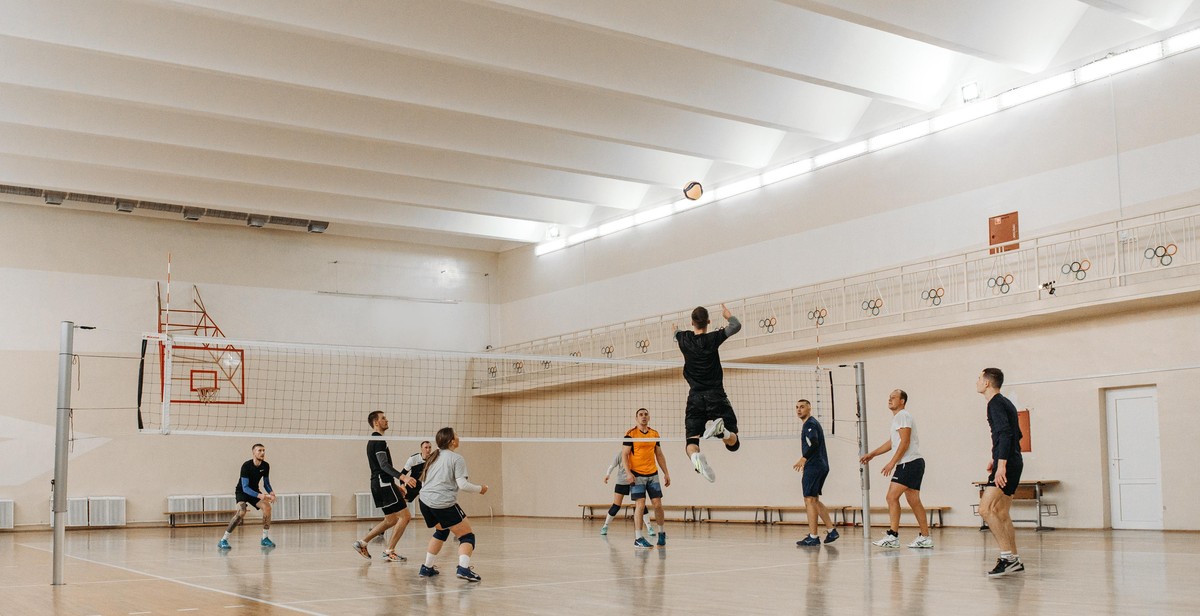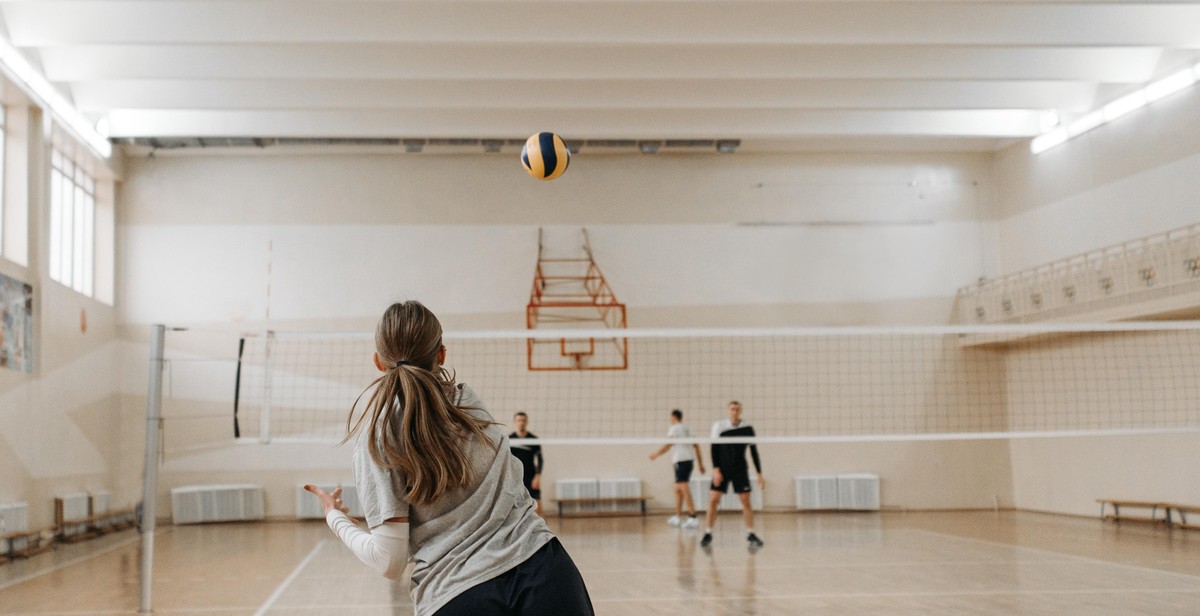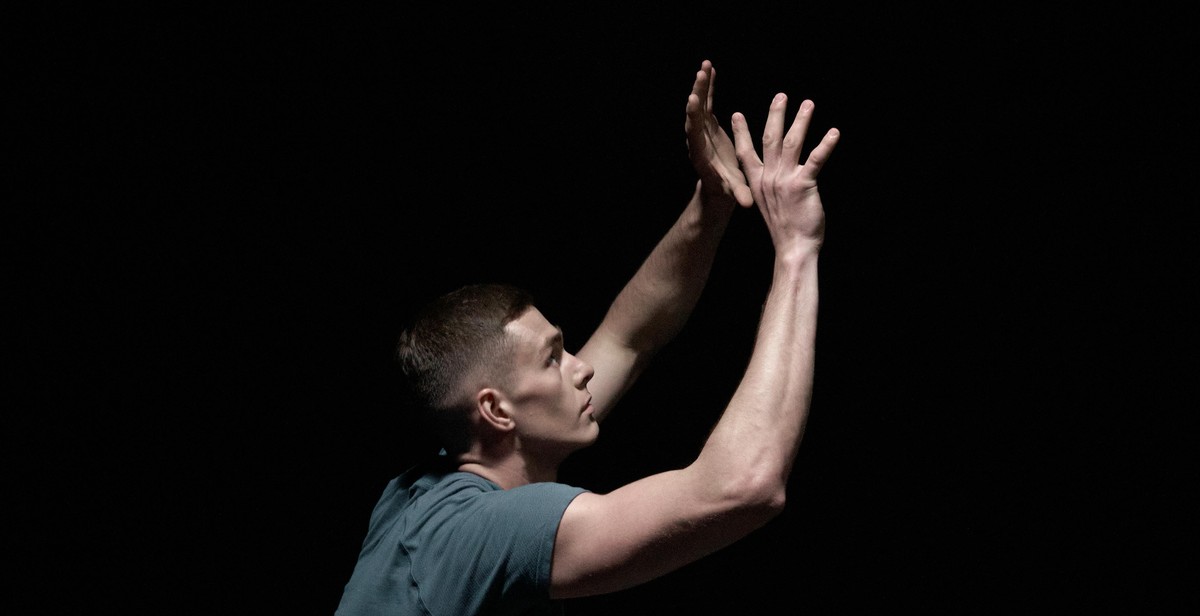How to Spike a Volleyball Cross Court: Strategies and Techniques for Powerful Cross Court Spikes
As a volleyball player, I know how important it is to have a strong cross court spike in your arsenal. Not only does it allow you to score points, but it can also throw off the opposing team’s defense and open up opportunities for your teammates.
When I first started playing volleyball, my cross court spike was weak and inconsistent. But with practice and guidance from experienced coaches, I was able to develop a powerful and accurate cross court spike that became one of my go-to moves on the court.
Why Cross Court Spikes are Effective
Cross court spikes are effective because they allow you to hit the ball at an angle that is difficult for the opposing team to defend. By aiming for the corner of the court, you force the defenders to cover more ground and make split-second decisions, increasing the likelihood of errors and creating holes in their defense.
Strategies for Successful Cross Court Spikes
One of the key strategies for a successful cross court spike is to approach the ball at the right angle. You want to approach the ball from the side, rather than straight on, to give yourself the best chance of hitting it at the right angle.
Another important technique is to use your entire body to generate power. This includes using your legs to jump, your core to rotate, and your arm and wrist to snap the ball down and across the court.
Conclusion
With these strategies and techniques in mind, you can develop a powerful and accurate cross court spike that will help you dominate on the volleyball court. Whether you’re a beginner or an experienced player, practicing your cross court spike can take your game to the next level.

Understanding Cross Court Spikes
A cross court spike is a powerful attacking shot in volleyball that is hit diagonally across the court towards the opponent’s back corner. This shot is executed by the hitter jumping high into the air and striking the ball with a strong downward motion, aiming for the opposite corner of the court from where the ball was set.
Why is a Cross Court Spike Important?
A cross court spike is an effective attacking strategy because it puts pressure on the opponent’s defense by creating more angles for the ball to travel. It is also harder for the opponent to defend against because the ball is hit from one side of the court to the other, making it difficult to anticipate where the ball will land.
Another advantage of a cross court spike is that it allows the hitter to avoid the opponent’s blockers. By hitting the ball diagonally, the hitter can aim for the space between the blockers or hit the ball over their hands, making it harder for them to block the shot.
Furthermore, a cross court spike can be used to change the direction of the game. If the opponent is expecting the hitter to spike straight down the line, a cross court spike can catch them off guard and create an opportunity for a point.
| Advantages of Cross Court Spike | Disadvantages of Cross Court Spike |
|---|---|
|
|
Overall, a cross court spike is a powerful and effective attacking shot in volleyball that can be used to create more opportunities for points and change the direction of the game. However, it requires excellent timing and technique to execute properly and can result in errors if not executed correctly.

Techniques for Cross Court Spikes
Footwork for Cross Court Spikes
Proper footwork is crucial for executing a powerful cross court spike. When preparing to hit a cross court spike, position yourself on the left side of the court if you are right-handed, and on the right side of the court if you are left-handed. Take a step back with your right foot (or left foot if you are left-handed) and then take a large step forward with your left foot. This will position your body in a way that allows you to generate power and momentum for the spike.
Approach for Cross Court Spikes
Once you have positioned your feet correctly, it’s time to approach the ball. Start by taking three steps in a diagonal line towards the ball. As you take your first step, swing your arms back behind you. As you take your second step, bring your arms forward and up in preparation for the spike. Finally, as you take your third step, jump up and swing your arms down and across your body towards the opposite side of the court.
Arm Swing for Cross Court Spikes
The arm swing is the most important part of executing a cross court spike. As you jump up to hit the ball, swing your arm back and then forward in a downward motion, making contact with the ball at the highest point of your jump. Aim for the opposite side of the court, and use your wrist to create topspin on the ball for added power and accuracy.
| Step | Footwork | Approach | Arm Swing |
|---|---|---|---|
| 1 | Right foot back (left foot back if left-handed) | Swing arms back behind you | Swing arm back |
| 2 | Left foot forward | Bring arms forward and up | Swing arm forward |
| 3 | Jump up and forward | Jump up and swing arms down and across body | Make contact with ball at highest point of jump |

Strategies for Cross Court Spikes
Reading the Defense for Cross Court Spikes
Reading the defense is crucial for executing a successful cross court spike. Before making your approach, take a quick glance at the defense. Look for gaps or weaknesses in the block and defense. If you notice that the defense is shifted towards the line, then a cross court spike will be effective. Aim for the area between the block and the sideline, known as the ‘seam.’
Using Fakes for Cross Court Spikes
Using fakes is a great strategy for deceiving the defense and creating open spaces for a cross court spike. Start your approach as if you are going to hit the ball down the line, then at the last moment, turn your body and hit the ball cross court. This will cause the blockers and defenders to shift towards the line, creating a gap for the ball to go through.
Mixing Up Your Shots for Cross Court Spikes
Mixing up your shots is important for keeping the defense guessing and preventing them from anticipating your next move. Don’t always go for the hard-hitting cross court spike. Instead, mix it up with a roll shot, a tip, or a cut shot. This will keep the defense on their toes and make it more difficult for them to defend against your cross court spike.
| Tip: | Use your peripheral vision to keep an eye on the defense while making your approach. This will help you make split-second decisions and adjust your shot if necessary. |
|---|
- Read the defense to find gaps and weaknesses
- Use fakes to deceive the defense and create open spaces
- Mix up your shots to keep the defense guessing

Common Mistakes to Avoid When Spiking a Volleyball Cross Court
1. Hitting the Ball Too Far Inside
One of the most common mistakes that players make when spiking a volleyball cross court is hitting the ball too far inside. This happens when the player approaches the ball from an angle that is too far inside the court, causing the ball to travel too close to the net or even out of bounds. To avoid this mistake, make sure to approach the ball from the correct angle, which is slightly outside the court.
2. Not Following Through with the Swing
Another mistake that players make when spiking a volleyball cross court is not following through with the swing. This means that they stop their swing before completing the full motion, which can result in a weaker spike that is easier for the opposing team to defend. To avoid this mistake, make sure to follow through with your swing, extending your arm fully and snapping your wrist at the end.
3. Not Using Your Non-Dominant Hand
Finally, some players neglect to use their non-dominant hand when spiking a volleyball cross court. This can lead to an unbalanced approach and a weaker spike. To avoid this mistake, make sure to use both hands when approaching the ball, with your non-dominant hand providing support and balance.
Conclusion
By avoiding these common mistakes when spiking a volleyball cross court, you can increase your chances of success and help your team win more games. Remember to approach the ball from the correct angle, follow through with your swing, and use both hands for a balanced approach.

Conclusion
Mastering the cross court spike is an essential skill for any volleyball player who wants to dominate the game. It requires a combination of technique, strategy, and practice to execute it effectively.
In this article, we have explored some of the best strategies and techniques for a powerful cross court spike. Remember to always keep your eye on the ball and use your non-dominant hand to guide your approach. Additionally, ensure that you are using the proper footwork and body positioning to generate maximum power and accuracy in your spike.
Practice is key to improving your cross court spike. Regularly set aside time to work on your technique and incorporate drills that will help you improve your footwork, body positioning, and overall spike. With enough practice, you can perfect your cross court spike and become a valuable asset to your team.
So, whether you are a beginner or an advanced player, make sure to dedicate time to perfecting your cross court spike. It will not only help you dominate the game but also give you confidence and satisfaction as a player.
- Remember to keep your eye on the ball
- Use your non-dominant hand to guide your approach
- Focus on proper footwork and body positioning
- Dedicate time to practicing your cross court spike regularly
By following these tips and putting in the necessary effort, you can take your cross court spike to the next level and become a formidable opponent on the court.
